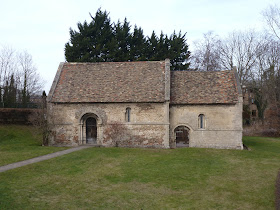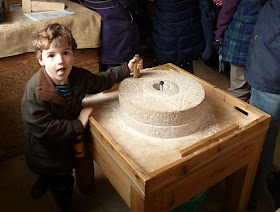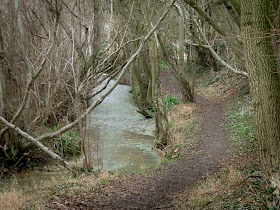But while out walking a few days ago a strange and half-forgotten word came into my mind. A word my father used nearly every day when I met him about the farm where we both worked. I never gave it a second thought at the time but now it sounds anachronistic and odd. So let me greet you with a hearty "Wheyoop!". It means, roughly translated, "Hello, how are you, I'm delighted and perhaps a little surprised to see you here at this time". Or, more succinctly, "Wheyoop!"
My old dad with some old pigs
They addressed pretty much every male person as "Boy" (usually pronounced "Bor" or "Buh") regardless of their age. This became more complicated since they used "old" as a term of endearment as well as a description of a person's age. So this could give rise to such impenetrable information as this:
" I saw old Bob the other day, nice old boy. Anyhow he were movin' some of his pigs and he only had his old boy helpin' him. They were havin' all sorts of trouble, but then the old boy come and give 'em a hand."
And everyone would understand that the first old boy was Bob himself, being helped by the second old boy who was Bob's son, while the final old boy who gave extra assistance was Bob's father. Slight changes of emphasis made it clear to those in the know. To make things worse they were all called Bob!
Of course you will have realised by now that in the caption to the photograph above - My old Dad with some old pigs - "My old dad" means "My dear father" while "some old pigs" means "some despicable swine". You've got that, haven't you?
It was all crystal clear to anyone in the village. As one old man (and I mean that he was getting on in years, not that he was dear to me, or despicable) told me quite seriously, "People down in London talk funny, and up north they got a funny haccent, but round 'ere we in't got no haccent at all!"
Take care.

















































